Memorial Amphitheater, Arlington National Cemetery
Introduction
Text-to-speech Audio
Images
View of the Custis-Lee Mansion
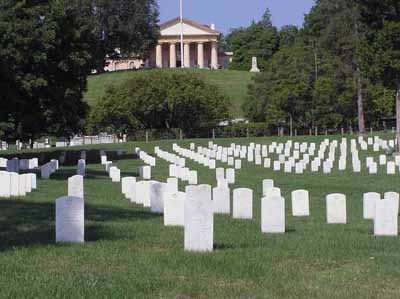
Grave of John F. Kennedy and Jacqueline Bouvier Kennedy Onassis Photo Courtesy of Laura Maple
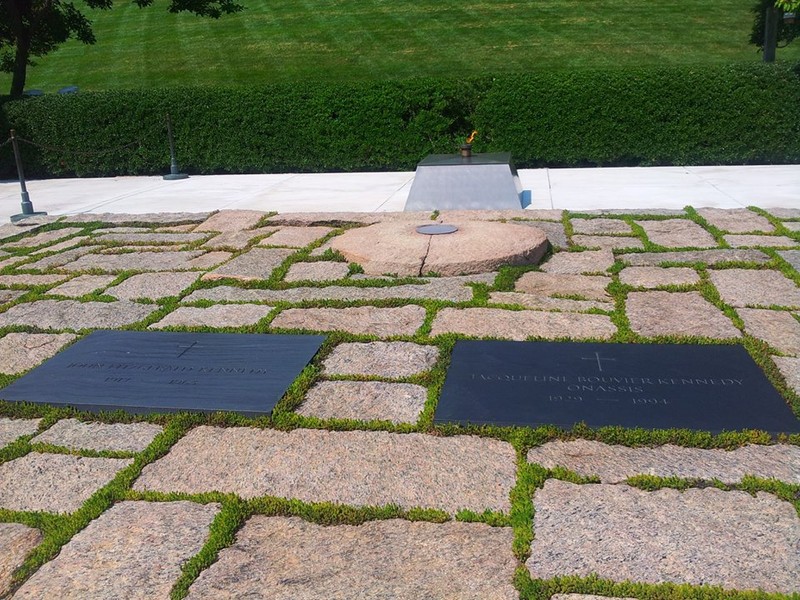
Tomb of the Unknown Soldier Photo Courtesy of Laura Maple
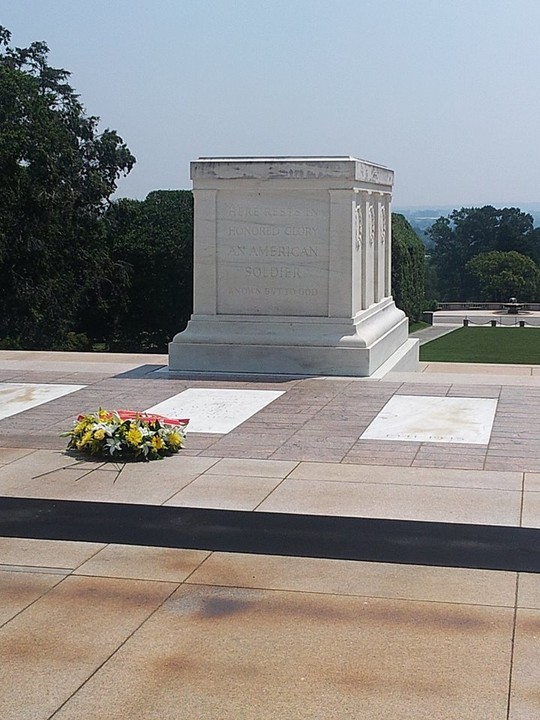
Inside the Memorial Amphitheater located next to the Tomb of the Unknown Soldiers
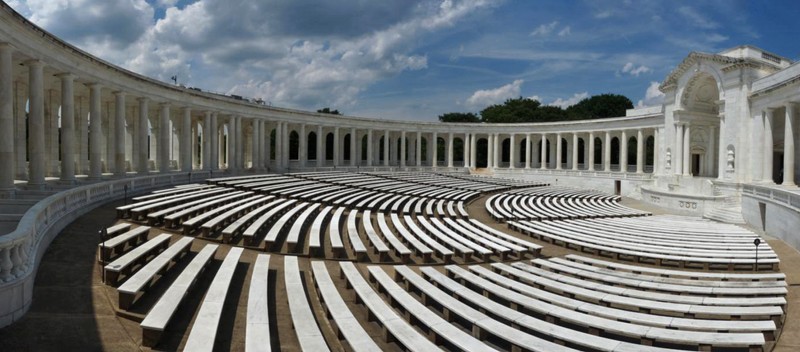
A section of the graves
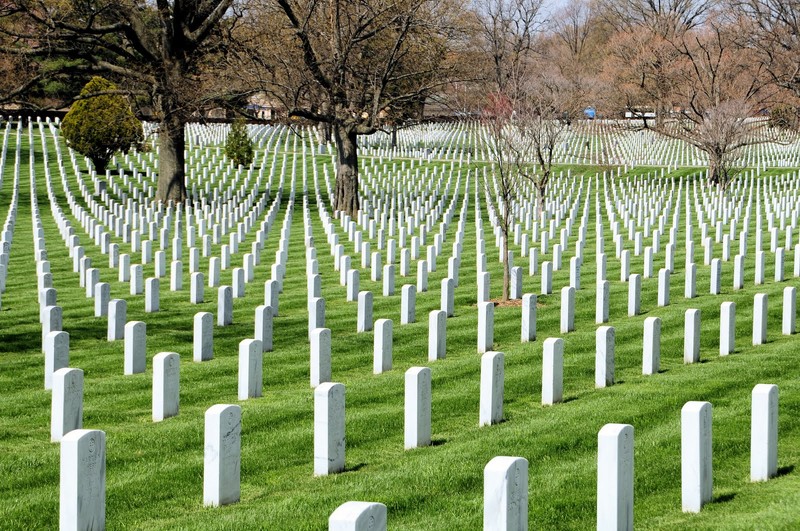
Changing of the guards ceremony
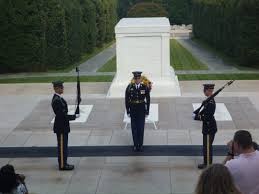
The old Tanner Amphitheater
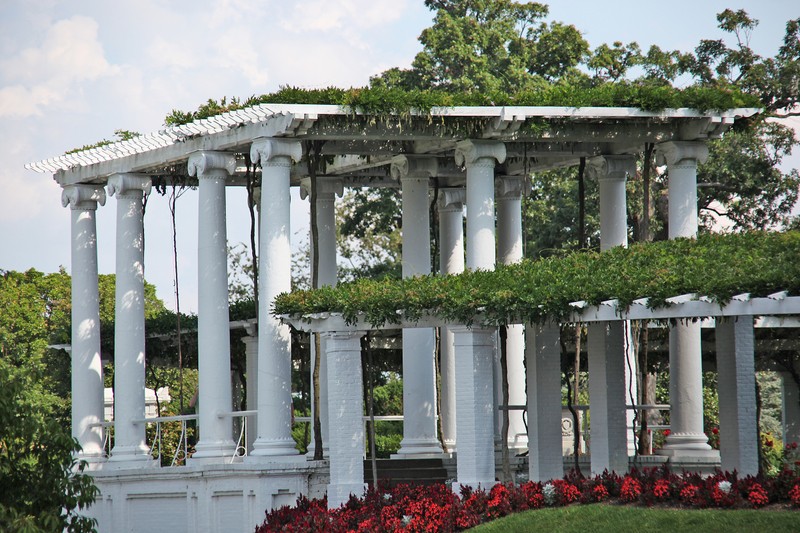
Backstory and Context
Text-to-speech Audio
The land that now comprises the cemetery was part of a 1,100 acre plot owned by George Washington Parke Custis, the grandson of Martha Washington. The Custis-Lee mansion that still stands today was originally intended as a living memorial to George Washington. Custis devoted much of the mansion to storing Washington memorabilia that he regularly acquired including Washington's personal notes and papers and the command tent the president had used at Yorktown. The property was willed to Custis’ daughter Mary Anna Randolph Custis, wife of Robert E. Lee.
The Lee family abandoned the property at the onset of the Civil War in 1861. After the family’s departure, Union troops used the land as a camp and headquarters. Additionally, the estate became the home for many newly-freed slaves. A village named Freedman's Village sprang up around the estate where former-slaves grew food that was used for the Union’s war effort. In January 1864, the Lee family lost the possession of their property due to a property tax dispute in the amount of $92.07. Congress had passed a law that empowered commissioners to assess and collect taxes on real-estate in “insurrectionary districts” and mandated the taxes be paid in person. The law was intended both to raise revenue and to punish traitors like the Lee family.
The estate was listed in a public auction and was purchased by the federal government. Later, Mary’s son sued the federal government for violating the family’s right to due process. The case made it to the Supreme Court and the Lee family won, and the property was returned, however they sold it back to the government for $150,000.
As the war dragged on and the number of casualties grew, there was a growing need for a suitable graveyard. The first of many military burials was held in 1864. The decision to use the land for a cemetery was both a practical and political one. The land provided a site for the influx of bodies, and it was highly symbolic to bury Union soldiers on the land of the respected Confederate general.
The estate became less recognizable with every passing year. Many of the residents of Freedman's Village remained and raised families in the houses built by the Army until it was closed in 1900. Brig. Gen. Montgomery C. Meigs served as Quartermaster General of the cemetery for two decades after the war and shaped its development. He is responsible for the construction of a large, wooden amphitheater, which has since been replaced by the Tanner Amphitheater, and the massive red arch at the cemetery’s entrance.
Today, the cemetery is home to a variety of memorials including the Tomb of the Unknown Soldier, USS Maine Memorial, John F. Kennedy Grave site and many more.
Mission Statement-
“On behalf of the American people, lay to rest those who have served our nation with dignity and honor, treating their families with respect and compassion, and connecting guests to the rich tapestry of the cemetery's living history, while maintaining these hallowed grounds befitting the sacrifice of all those who rest here in quiet repose.”
